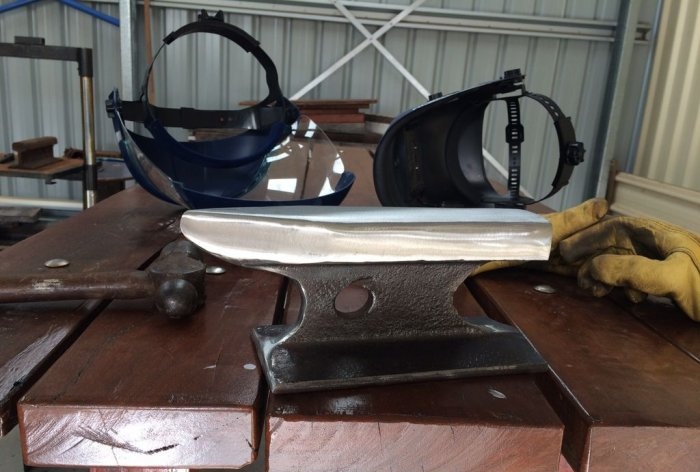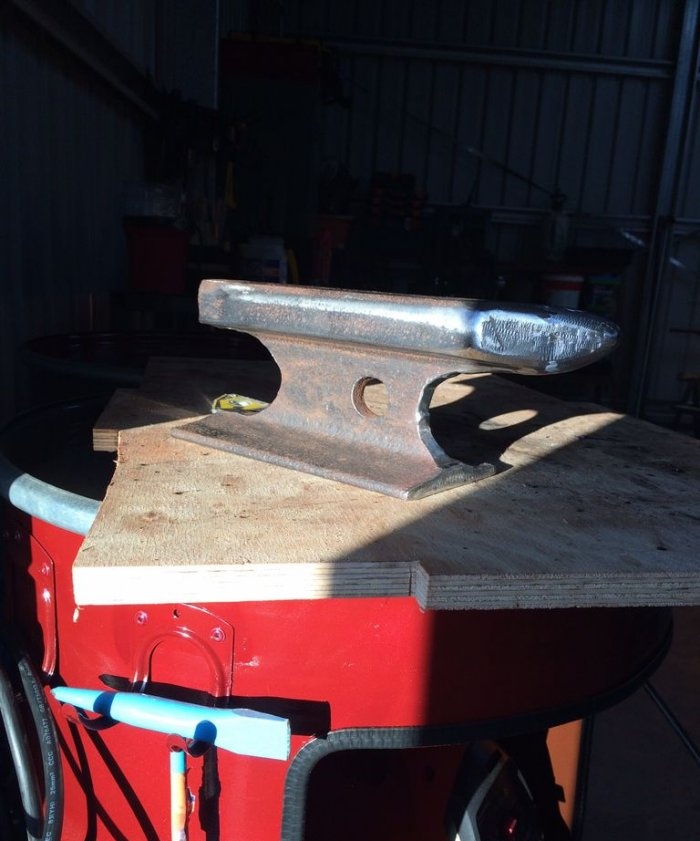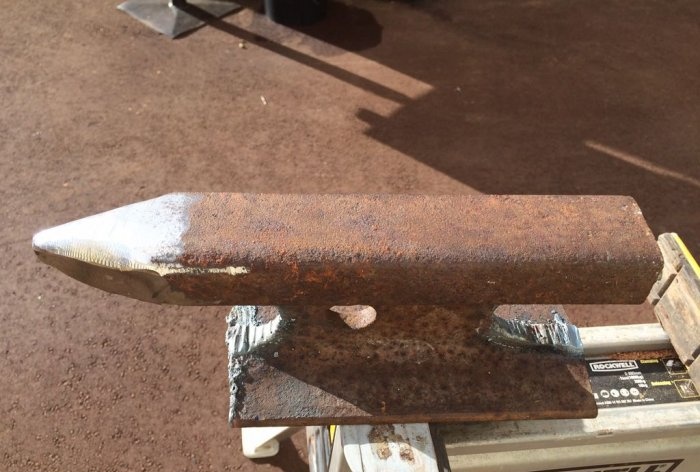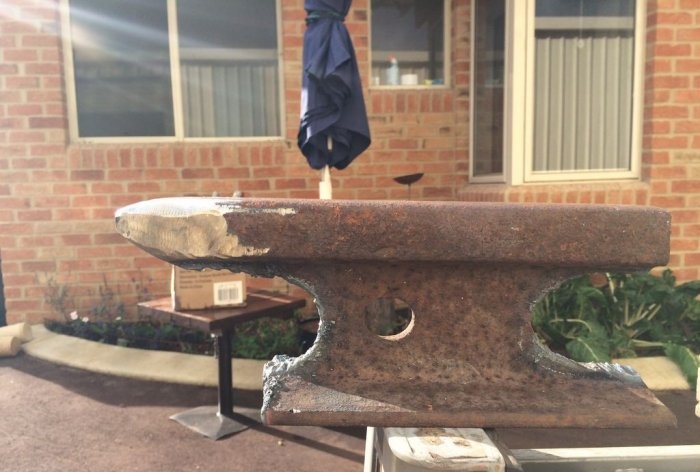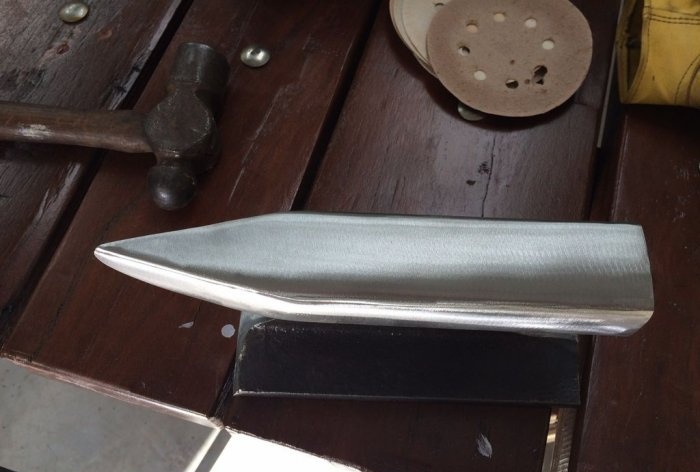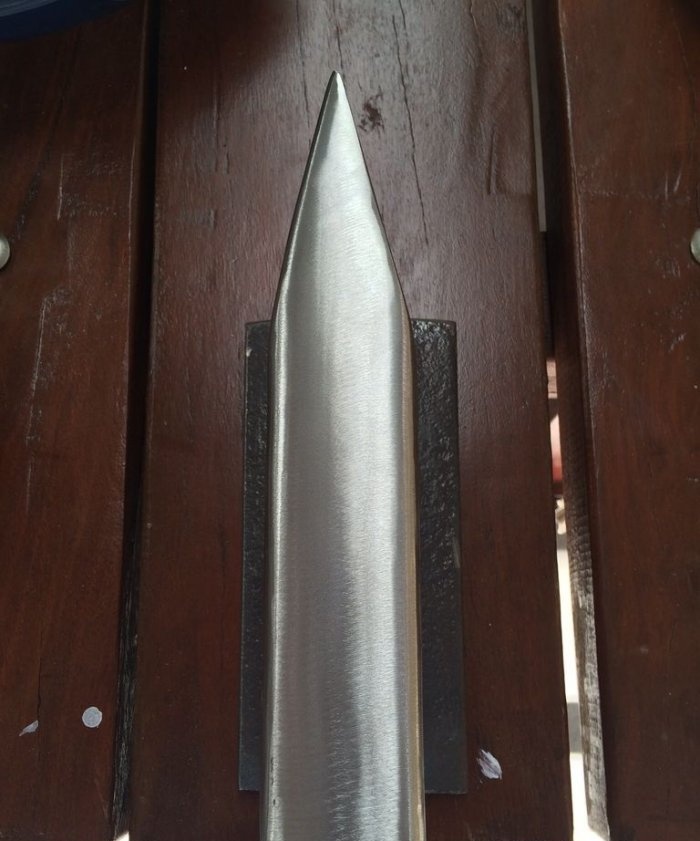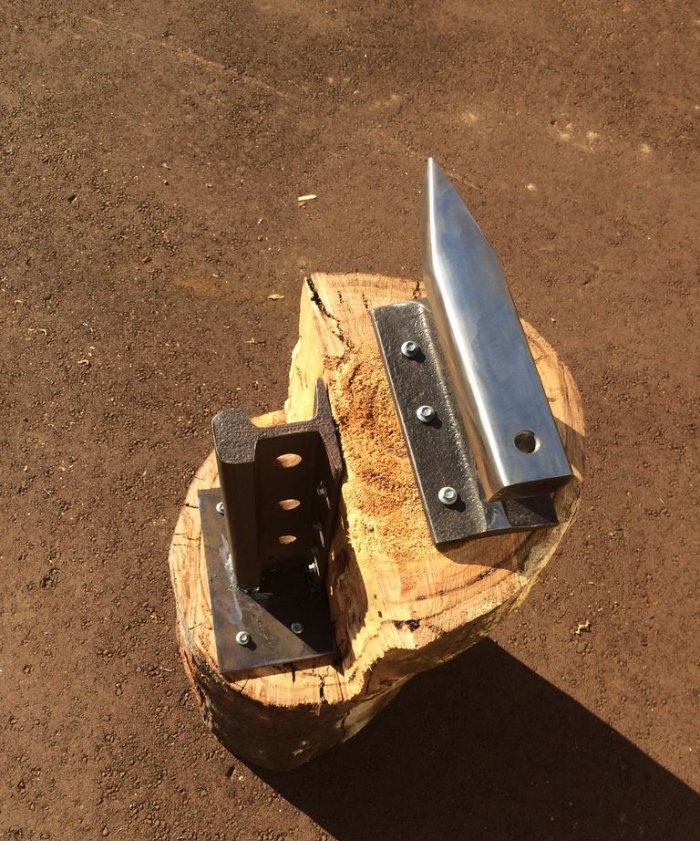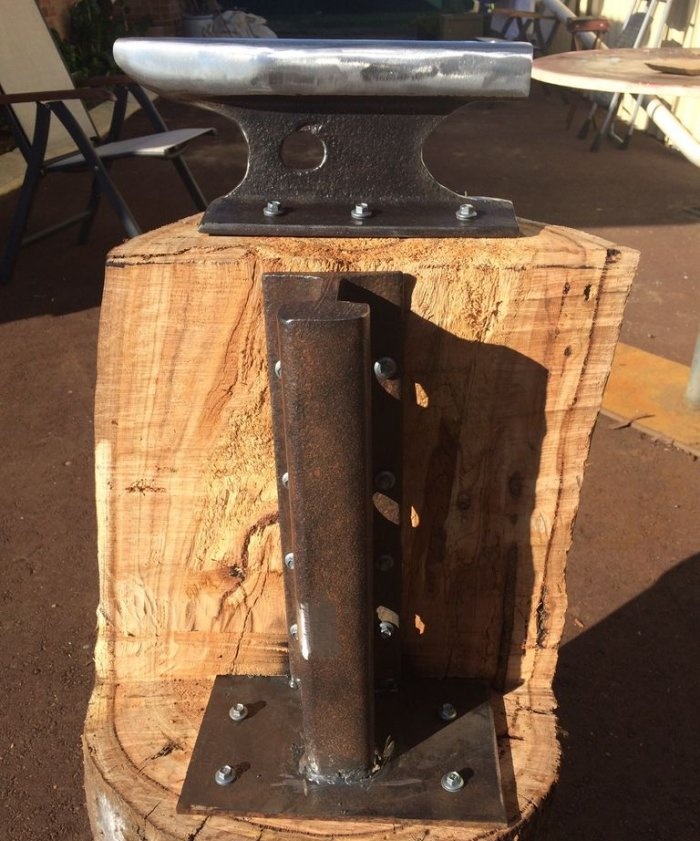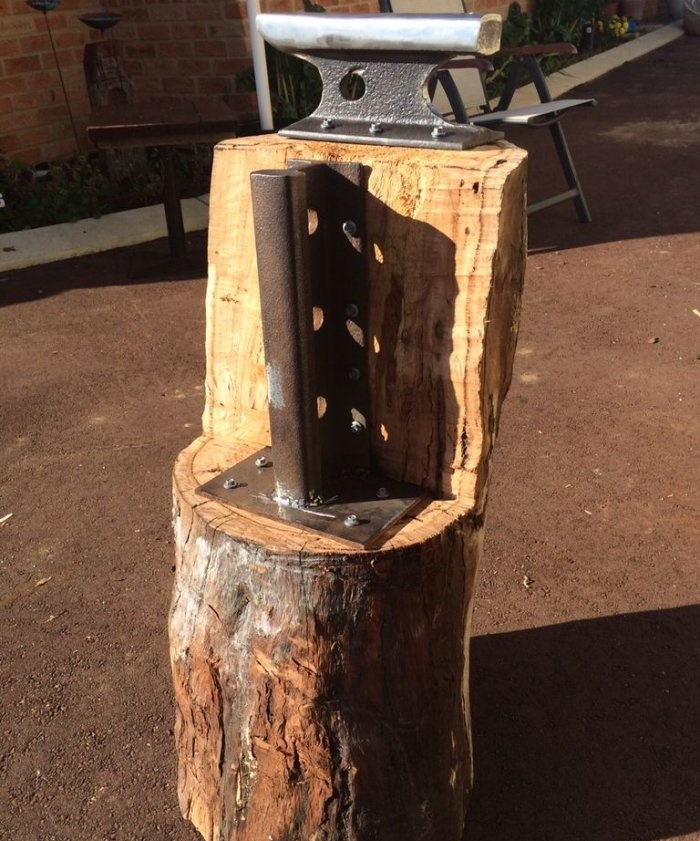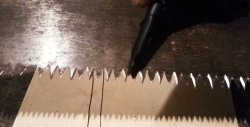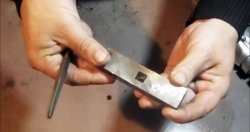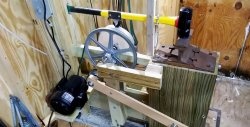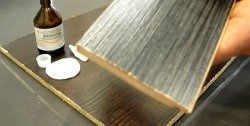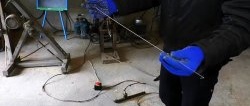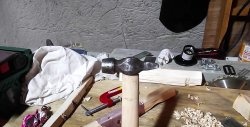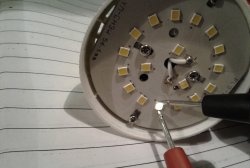Anvil made from a piece of rail
One of the necessary attributes of a home craftsman is a small anvil. It will be useful to anyone who likes to do everything on their own: often you need to level some piece of iron, which requires a flat and heavy surface that you can safely hit with a hammer or a small sledgehammer.
The easiest and most affordable way to make an anvil with your own hands is to use a piece of rail. The metal from which the rails are made does not flatten from impacts and can withstand almost any load. An important factor is that the rail has a convenient shape specifically for making an anvil, which explains the popularity of this material. The only negative is that the metal is quite difficult to process, so you will have to tinker.
Required materials and tools
The materials you will need are two pieces of rail with a length of at least 300 mm (one piece will be the anvil itself, the second will be used as a counterweight), a metal plate for the counterweight foot. You will also need a wooden block (a section of a tree trunk), which will be used as a support and a work table for the anvil, and powerful screws for attaching the rail to the working surface.This option makes the anvil mobile: if necessary, it can be taken out of the garage or workshop into the yard and worked in the fresh air, which would not be possible if it was mounted on a metal workbench. In addition, the sound from hitting a metal surface mounted on a wooden base is much muffled and does not hit the ears as much.
Chock diameter: the larger the better, since the anvil will be more massive and stable. The height is selected individually and depends on the height of the master. It is optimal for the height of the future anvil to be slightly above the waist: it is at this height that it is most convenient to work with a hammer.
Tools you will need:
- Grinder with metal discs.
- Drill and drill bits for metal.
- Gas cutter.
- Grinding machine or drill attachments for grinding metal.
- Electric or gasoline saw for processing a wooden block.
Making an anvil from rails
So, having prepared all the necessary materials and tools, you can proceed directly to the manufacture of a mobile anvil.
Important! All work must be carried out wearing protective glasses or a mask so that flying sparks during metal processing do not damage your eyes.
Using a gas cutter, the sole and neck of the first workpiece are slightly trimmed. Then, on one side, the rail head is sharpened, which will be the working surface of the anvil. This is done to make it convenient to work with metal of various shapes.
Also at this stage, a metal plate is welded to the second rail blank from the end part so that the rail stands stably vertically.
The next step is to use a grinder to remove all the burrs and metal deposits that remain after using the gas cutter.Particular attention is paid to the working part and processing of the pointed edge: you need to ensure that it is as smooth and symmetrical as possible.
Now they begin to polish the working surface - the rail head. To do this, it is better to use a grinder, since the grinder disc can leave deep grooves, which will then be difficult to sand.
When the anvil is polished, it is necessary to drill holes in its base (2-3) on each side, as well as in the metal plate of the second part. Then a narrow part is cut out on a wooden blank (block) using a saw to secure the counterweight, after which all elements are screwed with powerful self-tapping screws with a wrench head to the wooden base.
Advice! You can drill a hole in the working upper part of the anvil (rail head), which will make the sound of hitting the anvil less loud. In addition, such a hole is sometimes useful when processing some shaped parts.
This is how the anvil turned out, which can be useful for various straightening works. In addition to the main working part, you can also use a counterweight: at the end of the rail it is convenient to straighten small parts that are inconvenient to hold on a smooth surface.
Similar master classes
Particularly interesting
Comments (2)

